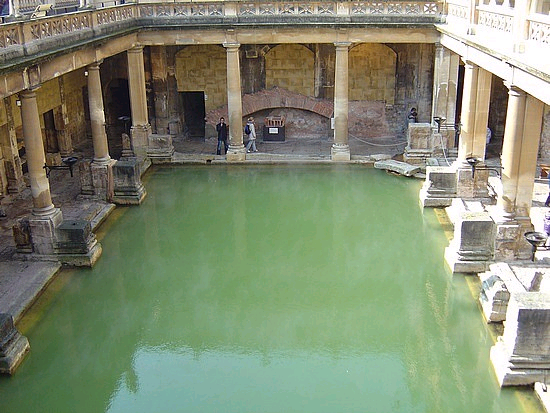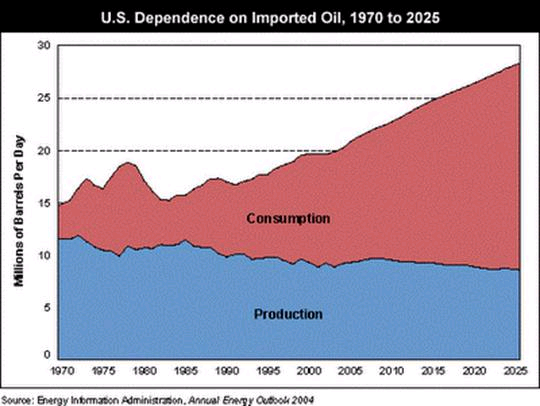The Solar Hot Water Heater – A Brief Trip Through Time
Believe it or not, the history of the solar hot water heater extends back over 2500 years! Solar heating was so popular in the Roman world that disputes over sun rights arose. Somewhere around the year 200 AD a judgment was rendered in a lawsuit protecting the right of sun access from the shading of a building. In 600 AD, sun access rights were guaranteed in the Justinian code of law.

Between 600 and 1200 AD, American Indians were using solar energy to heat their dwellings. Ruins of cliff dwellings and others on open plateaus exhibited the same southern exposure and stacked apartment ideas found in the Greek ruins of Olynthus, Priene, and Delos dating from about 500 BC.
In the 1500s the Dutch and Flemish began to build buildings with glass walls on the south to grow vegetables year round. In 1774 Antoine Lavoisier built a solar furnace using mirrors that was capable of attaining temperatures of 3000°F. In 1878 August Mouchet exhibited a solar driven steam engine that pumped 500 gallons of water per hour and also ran a device invented 20 years before by Ferdinand Carre to make ice.
In the 1880s the solar hot water heater began to appear on houses in Baltimore, MD. The technology soon spread to California and Florida. In 1900 there were about 1600 solar water heaters throughout southern California, and by 1941, there were approximately 60,000 solar water heaters in Florida.
The demise of the solar industry at that time was not the result of frailty of design or construction, since many units gave 30 to 40 years of service. One system originally installed in Phoenix in 1917 was reactivated and returned to service around 1980!
The reason for the demise of solar water heating systems in California during the 1920s and in Florida in the 1950s was simple economics. After the introduction of cheap natural gas and electric power, the cost of heating water dropped precipitously, making solar water heaters non-competitive. From the 1950s to the 70s America experienced the rise of cheap energy to levels unknown in history.
The oil embargo of 1973 was a significant turning point in the history of solar energy. The effect of rising prices and shortages of oil and natural gas began to sensitize the American public to the fact that our honeymoon with cheap energy was over. By the late 1970s, America’s energy situation had become critical.
In order to start the long and difficult process of developing renewable and non-polluting sources of energy and limiting our reliance on foreign fuels, both federal and state governments began to subsidize solar development with demonstration programs and tax credits similar to those that had been in existence for decades in the oil and gas industries. In the process, a new industry was born and thousands of new jobs were created across the nation.
By the end of 1986, however, the Reagan administration had turned its back on renewable energy and eliminated all federal incentives for the development of a renewable energy industry. The solar hot water heater on the White House was removed, and the Department of Energy eliminated almost all staff positions and funding for solar energy research and demonstration.

The American public saw these actions as a repudiation of all the efforts made in the previous ten years in solar energy. Within a year after the elimination of government support for alternative energy technologies, 90 to 95% of all solar manufacturing companies had gone out of business. Those that remained were unable to get the attention of the public.
But the weakness of our energy system and the pollution and environmental destruction that comes from it had not gone away. The government simply postponed dealing with it.
In the late 1990’s reports of global pollution, climate change, and depleted non-renewable energy sources began to take center stage again. The next generation of Americans was beginning to see that we must be responsible for our environment, even though the government was not paying attention.
For the second time in this century, interest in solar and other renewable energy sources began to rise. The reasons were the same as always – solar thermal energy is frequently less expensive than oil, gas, or electricity; it is non-polluting, and completely renewable. The lessons learned in the ‘80s are not lost. Durable, efficient solar thermal equipment is still available.
The results of years of global climate research findings, declining carbon energy resources, foreign domination of energy sources, and the financial crisis of 2008-09 has triggered renewed government interest in renewable, sustainable, non-polluting energy sources.
This time around, as we stay the course and make clean energy a reality, the solar hot water heater will continue to play a key role as it has done throughout history.
Ready to learn more? Click here for Dr. Ben’s report on the evolution of modern solar hot water heater designs.
